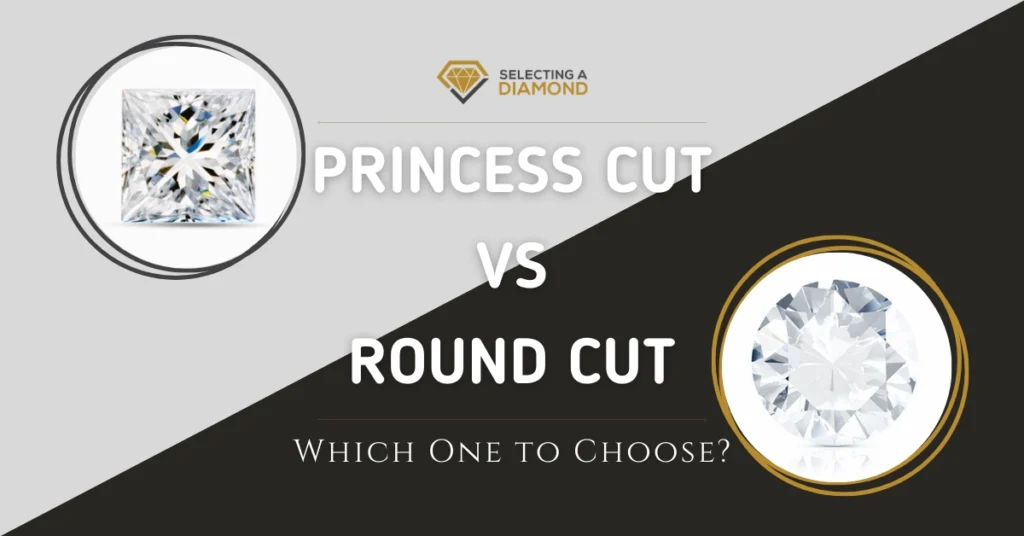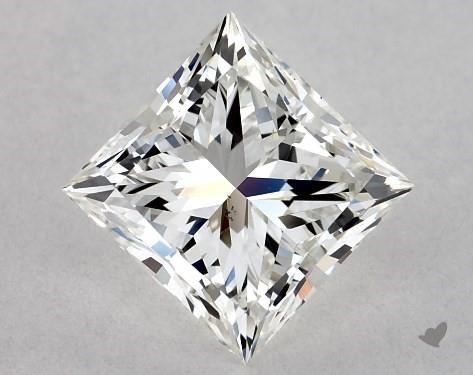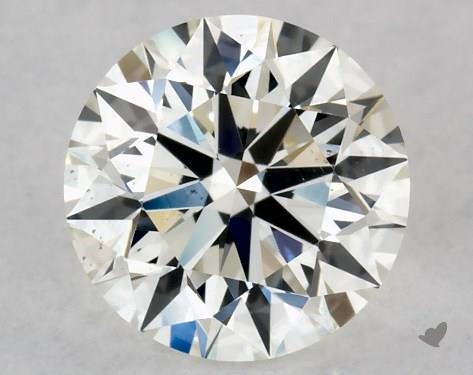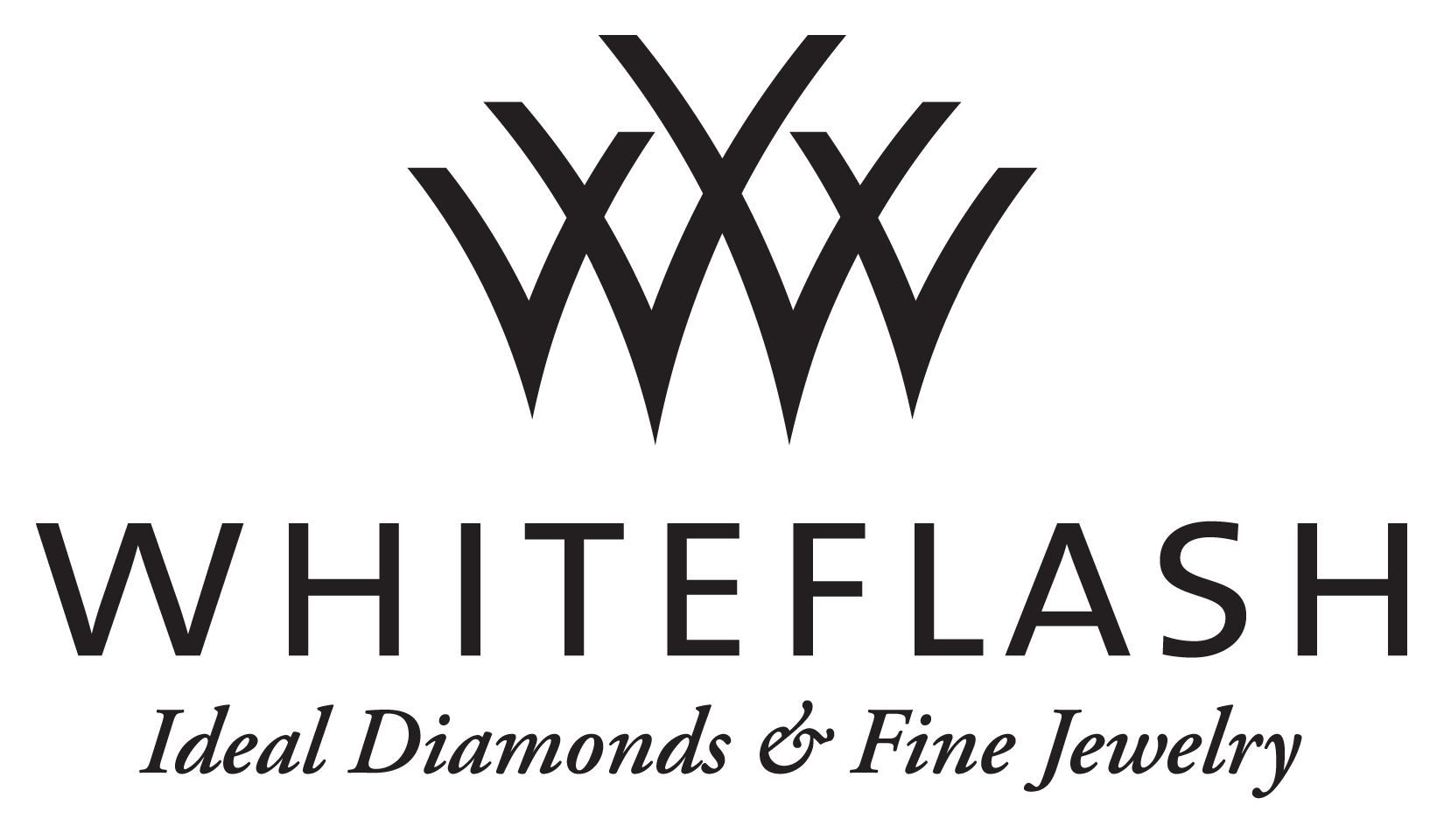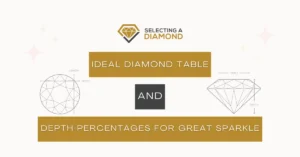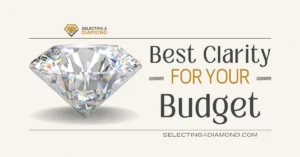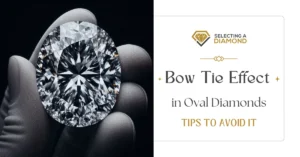Choosing the perfect diamond can be a daunting task, especially with the variety of cuts available. Among the most popular and sought-after diamond cuts are the princess cut and the round brilliant cut. Each cut has its own unique characteristics, appeal, and advantages. Understanding the differences between these two cuts is crucial in making an informed decision that aligns with your personal style, budget, and the intended use of the diamond. This article delves into the key features, brilliance, clarity, settings, price, and durability of princess cut and round cut diamonds, providing you with a comprehensive guide to help you choose the perfect diamond for your needs.
Defining Diamond Cuts and Their Importance
When selecting a diamond, the cut is one of the most critical factors to consider. The cut of a diamond not only influences its shape but also significantly impacts its brilliance, clarity, and overall appearance. Two of the most popular diamond cuts are the princess cut and the round brilliant cut. Understanding the distinct characteristics of each can help you make an informed decision.
The Princess Cut Diamond
The princess-cut diamond, known for its contemporary style, features a square or rectangular shape with pointed corners. Introduced in the 1960s, this cut has gained popularity due to its modern and edgy appeal. The princess cut boasts a unique brilliance, created by its intricate faceting pattern which typically includes 58 facets. This cut is often chosen for its ability to mask inclusions and imperfections, offering a beautiful and striking appearance.
Check out this beautiful princess cut diamond on James Allen.
The Round Brilliant Cut Diamond
The round brilliant-cut diamond is the most traditional and popular diamond shape. Perfected over centuries, this cut consists of 58 facets that maximize light reflection and refraction, producing exceptional brilliance and sparkle. The round brilliant cut is renowned for its timeless elegance and versatility, making it a favorite for engagement rings and various other jewelry pieces.
Check out this beautiful round-cut diamond on James Allen.
The Brilliance of Princess Cut and Round Cut Diamonds
When it comes to brilliance, both the princess cut and the round brilliant cut have their unique advantages. The round brilliant cut is often considered the benchmark for diamond brilliance due to its precise faceting, which allows it to reflect light in a way that maximizes sparkle. On the other hand, the princess cut, while not as universally brilliant as the round cut, offers a distinctive and radiant shine that appeals to those looking for something modern and unique.
The Clarity of Round vs. Princess Cut Diamonds
Clarity refers to the presence of internal or external imperfections, known as inclusions and blemishes, within the diamond. Round brilliant cut diamonds typically exhibit better clarity due to their faceting pattern, which can hide minor inclusions better than the princess cut. However, the princess cut’s faceting pattern is also effective in disguising inclusions, particularly when viewed from the top, making it a favorable choice for those seeking a balance between clarity and cost.
The Right Settings For Round and Princess Cut Diamonds
The setting of a diamond plays a crucial role in its overall aesthetic and security. Round brilliant cut diamonds are incredibly versatile and can be set in various styles, from classic solitaires to intricate halo settings. Princess cut diamonds, with their sharp corners, are best suited for settings that protect the corners, such as bezel or channel settings, to prevent chipping and enhance durability.
Price
Price is an important consideration for many when choosing between the princess cut and the round brilliant cut. Generally, round brilliant cut diamonds are more expensive due to higher demand and the significant material loss that occurs during the cutting process. Princess cut diamonds, on the other hand, tend to be more budget-friendly as they retain more of the original rough diamond, resulting in less waste and lower costs.
Settings
Both princess cut and round brilliant cut diamonds offer a range of setting options to suit different tastes and styles. Round diamonds are often seen in classic solitaire, halo, and pave settings, which highlight their brilliance. Princess cut diamonds are frequently set in modern designs that emphasize their geometric shapes, such as bezel or channel settings, which also provide additional protection for the diamond’s corners.
Princess Cut Vs. Round Cut Diamonds: Durability and Wearability
Durability and wearability are essential factors to consider, especially for everyday jewelry like engagement rings. Round brilliant cut diamonds are generally more durable due to their lack of sharp edges, which reduces the risk of chipping. Princess cut diamonds, while stunning, have pointed corners that are more susceptible to damage. However, with the right setting, such as a protective bezel, princess-cut diamonds can be equally suitable for daily wear.
Both the princess cut and round brilliant cut diamonds offer unique benefits and aesthetic qualities. Your choice will depend on personal preference, budget, and how you prioritize brilliance, clarity, and durability. Whether you prefer the timeless sparkle of the round cut or the modern elegance of the princess cut, each diamond can beautifully symbolize your special moments.
Still not sure where to buy your diamond?
We always recommend shopping diamonds online and created a Full guide to shop diamonds like a Pro.
Among online retailers, here are our favorite stores click their logo to visit store
-
James Allen:
Our favorite online store, best diamond imaging technology available today, comes with the largest collection with more than half a million loose diamonds.
-
Blue Nile:
Widest collection of loose diamonds of all sizes, great imaging technology for most of their inventory (hundreds of thousands of diamonds), great customer support.
-
Whiteflash:
Home Of A CUT ABOVE® Super Ideal Diamonds, they stand out from the crowd by offering premium diamonds cuts, tailored to those who love the details, at great prices too.

